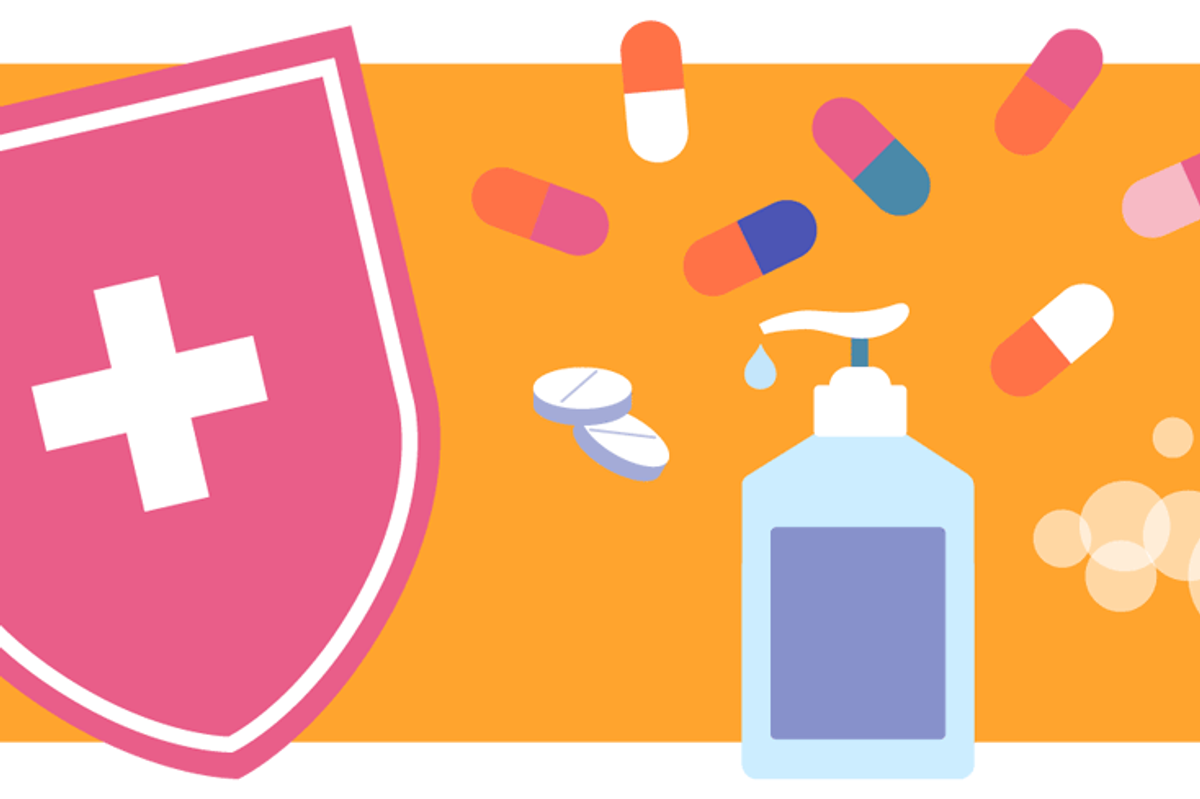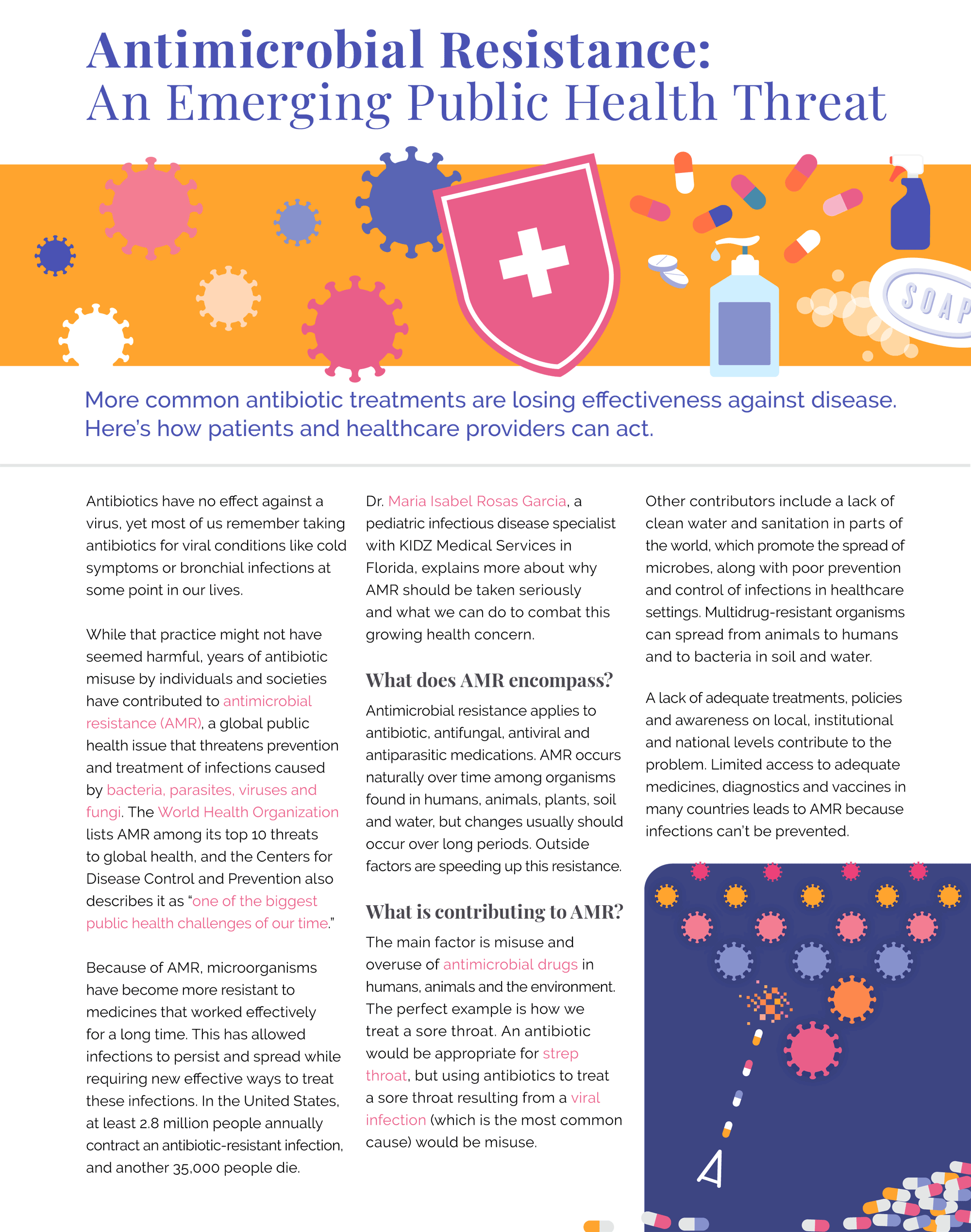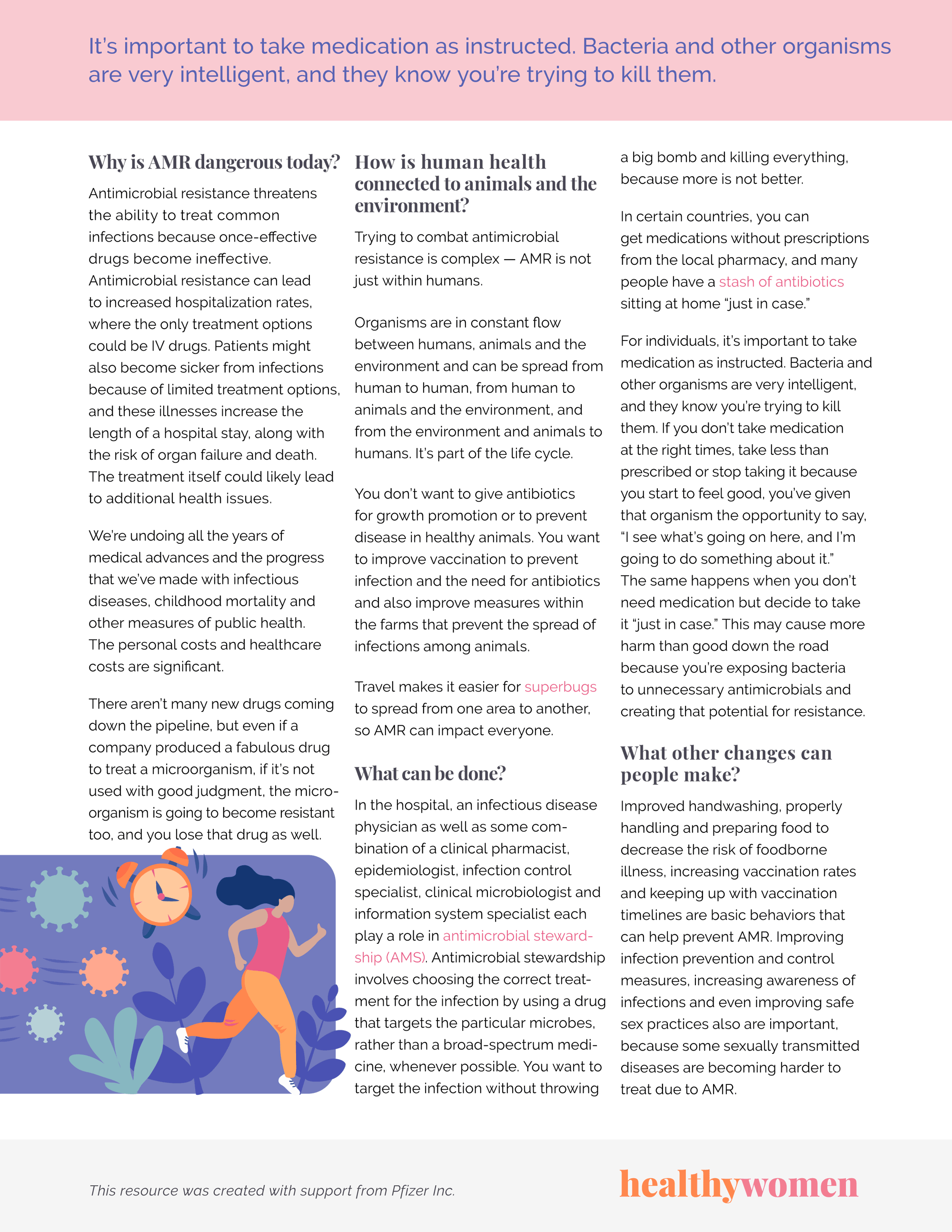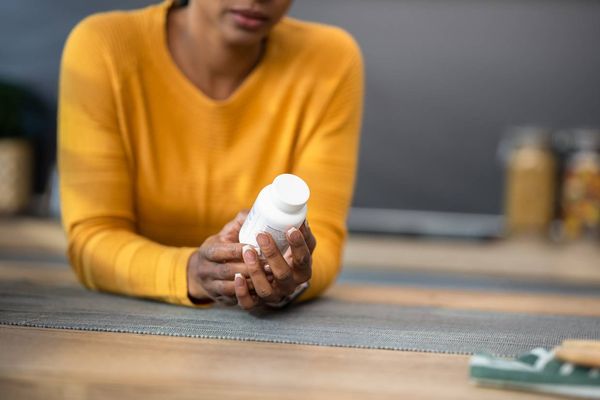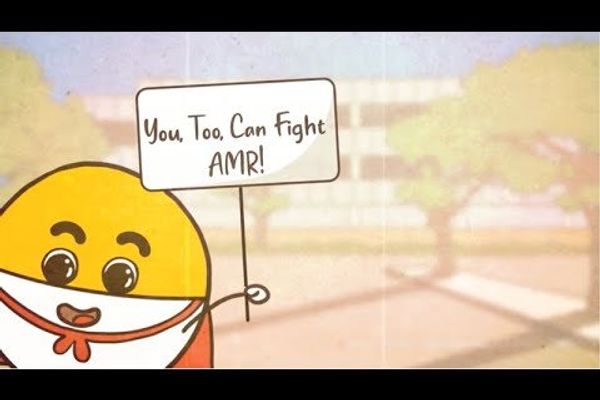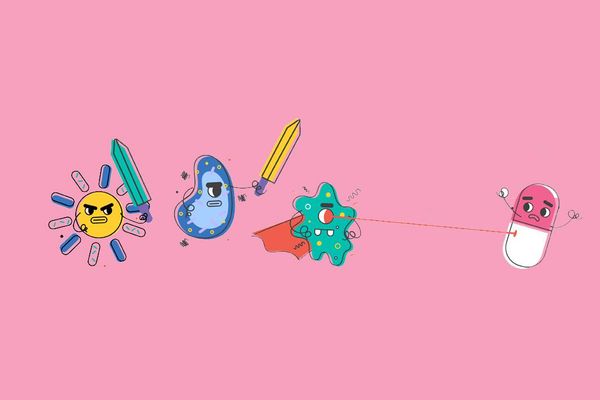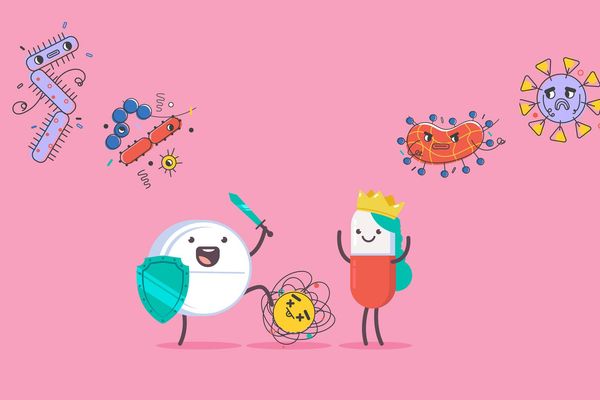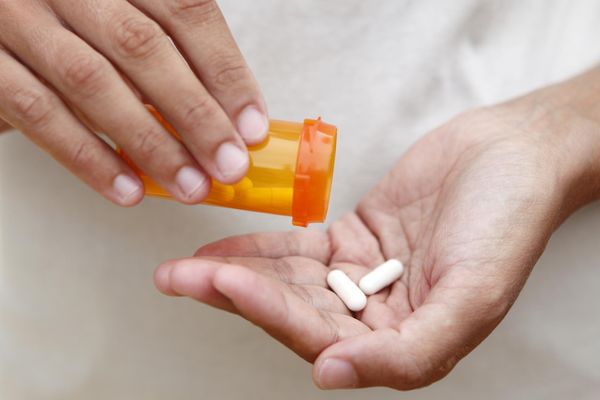Antibiotics have no effect against a virus, yet most of us remember taking antibiotics for viral conditions like cold symptoms or bronchial infections at some point in our lives.
While that practice might not have seemed harmful, years of antibiotic misuse by individuals and societies have contributed to antimicrobial resistance (AMR), a global public health issue that threatens prevention and treatment of infections caused by bacteria, parasites, viruses and fungi. The World Health Organization lists AMR among its top 10 threats to global health, and the Centers for Disease Control and Prevention also describes it as “one of the biggest public health challenges of our time.”
Because of AMR, microorganisms have become more resistant to medicines that worked effectively for a long time. This has allowed infections to persist and spread while requiring new effective ways to treat these infections. In the United States, at least 2.8 million people annually contract an antibiotic-resistant infection, and another 35,000 people die from it.
Dr. Maria Isabel Rosas Garcia, a pediatric infectious disease specialist with KIDZ Medical Services in Florida, explains more about why AMR should be taken seriously and what we can do to combat this growing health concern.
What does AMR encompass?
Antimicrobial resistance applies to antibiotic, antifungal, antiviral and antiparasitic medications. AMR occurs naturally over time among organisms found in humans, animals, plants, soil and water, but changes usually should occur over long periods. Outside factors are speeding up this resistance.
What is contributing to AMR?
The main factor is misuse and overuse of antimicrobial drugs in humans, animals and the environment. The perfect example is how we treat a sore throat. An antibiotic would be appropriate for strep throat, but using antibiotics to treat a sore throat resulting from a viral infection (which is the most common cause of sore throats) would be misuse.
Other contributors include a lack of clean water and sanitation, which promote the spread of microbes, along with poor prevention and control of infections in healthcare settings. Multidrug-resistant organisms can spread from animals to humans and to bacteria in soil and water.
A lack of adequate treatments, policies and awareness on local, institutional and national levels contribute to the problem. Limited access to adequate medicines, diagnostics and vaccines in many countries leads to AMR because infections can’t be prevented.
Why is AMR dangerous today?
Antimicrobial resistance threatens the ability to treat common infections because once-effective drugs become ineffective. Antimicrobial resistance can lead to increased hospitalization rates, where the only treatment options could be IV drugs. Patients might also become sicker from infections because of limited treatment options, and these illnesses increase the length of a hospital stay, along with the risk of organ failure and death. The treatment itself could likely lead to additional health issues.
We’re undoing all the years of medical advances and the progress that we’ve made with infectious diseases, childhood mortality and other measures of public health. The personal costs and healthcare costs are significant.
There aren’t many new drugs coming down the pipeline, but even if a company produced a fabulous drug to treat a microorganism, if it’s not used with good judgment, the microorganism is going to become resistant too, and you lose that drug as well.
How is human health connected to the health of animals and the environment?
Trying to combat antimicrobial resistance is complex — AMR is not just within humans.
Organisms are in constant flow between humans, animals and the environment and can be spread from human to human, from human to animals and the environment and from the environment and animals to humans. It's part of the life cycle.
You don’t want to give antibiotics for growth promotion or to prevent disease in healthy animals. You want to improve vaccination to prevent infection and the need for antibiotics and also improve measures within the farms that prevent the spread of infections among animals.
Travel makes it easier for superbugs to spread from one area to another, so AMR can impact everyone.
What can healthcare providers and individuals do?
In the hospital, an infectious disease physician as well as some combination of a clinical pharmacist, epidemiologist, infection control specialist, clinical microbiologist and information system specialist each play a role in antimicrobial stewardship (AMS). Antimicrobial stewardship involves choosing the correct treatment for the infection by using a drug that targets the particular microbes, rather than a broad-spectrum medicine, whenever possible. You want to target the infection without throwing a big bomb and killing everything, because more is not better.
In certain countries, you can get medications without prescriptions from the local pharmacy, and many people have a stash of antibiotics sitting at home “just in case.”
For individuals, it’s important to take medication as instructed. Bacteria and other organisms are very intelligent, and they know you’re trying to kill them. If you don’t take medication at the right times, take less than prescribed or stop taking it because you start to feel good, you’ve given that organism the opportunity to say, “I see what’s going on here, and I’m going to do something about it.” The same happens when you don’t need medication but decide to take it “just in case.” This may cause more harm than good down the road because you’re exposing bacteria to unnecessary antimicrobials and creating that potential for resistance.
What other behavioral changes can individuals make?
Improved handwashing, properly handling and preparing food to decrease the risk of foodborne illness, increasing vaccination rates and keeping up with vaccination timelines are basic behaviors that can help prevent AMR. Improving infection prevention and control measures, increasing awareness of infections and even improving safe sex practices also are important, because some sexually transmitted diseases are becoming harder to treat due to AMR.
This resource was created with support from Pfizer Inc.
- Why Antimicrobial Resistance Is a Threat We Need to Take ... ›
- The Global Threat of Superbugs - HealthyWomen ›
- How Healthcare Providers and Patients Can Limit the Spread of Antimicrobial Resistance - HealthyWomen ›
- 5 Things You Should Know About Antimicrobial Resistance (AMR) and Covid-19 - HealthyWomen ›
- Q&A: How Fighting Superbugs Could Help Prevent the Next Pandemic - HealthyWomen ›
- The Biden Administration Needs to Wage War Against AMR - HealthyWomen ›

